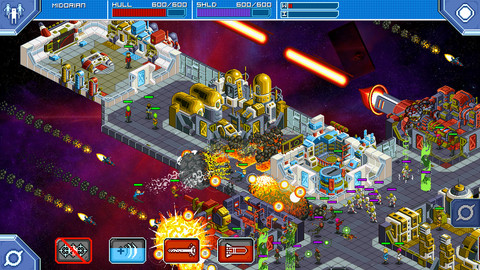
If you equate security with having a single employer, you’re wrong. As entrepreneur Chris Guillebeau says: “Think about what security really is. Are you really better off entrusting your well-being and livelihood to someone else?”
Instead, it’s time to think of yourself as an entrepreneur. Whether you start your own small business, develop a portfolio of freelance clients or decide to remain in industry as a W2 employee, you need to think of yourself as the single CEO and chief stakeholder in You, Inc.
The days of company loyalty are long gone, and any hard work you do as an employee can be erased in a second when your organization decides to change its bottom line. However, if you think like an entrepreneur instead of a company man, you’ll be ready to roll with the changes of the modern economy and always end up on top.
Here’s what to do:
1. Identify and package your core strengths
Successful entrepreneurs know that they are a brand, and the answer to “what do you do?” should be more than “I’m an assistant quality control manager at Company X.” If you haven’t already started branding yourself as a person, not a job title, it’s time to get started.
First, figure out your core strengths: are you a marketing genius, a programming guru, or a leader of men? Then figure out how to package them in a simple, effective, memorable way. Forget elevator speeches; you need a sentence short and pithy enough to fit on a Facebook page or Twitter profile.
Take Andy Baio. His tagline is “I make web stuff.” Then, on the next line, he lays out his projects: Waxy, XOXO, Playfic, Kickstarter. In a handful of characters, we know everything about Andy Baio’s brand without knowing a single one of his job titles.
2. Always work towards the next job and the next client
This advice combines the two aphorisms “dress for the job you want, not the job you have” and “always have an exit strategy.” It’s all very well and good to want a promotion within your company, but that’s less of a good idea when your company merges, outsources or goes bankrupt.
This means that throughout your career, you always need to be thinking about the next job and the next client. The day-to-day job is only half of an entrepreneur’s work; the other half is finding new opportunities.
Ask yourself: Where do you want to be in the next year? What would happen if your job disappeared tomorrow? Then use the answers to these two questions to start looking for the next opportunity.
Use the example of Adam Hasler, recently profiled in Fast Company. He alternated between self-employment and traditional jobs, always looking for the next way to use the skills he was teaching himself, like programming and interactive media. He never waited for a promotion – he found his next job and his next client on his own.
3. Don’t wait to start
Some employees are nervous about starting personal branding websites or publicly promoting their brand and skills. After all, won’t that make some human resources manager think they’re looking for a new job?
The truth is that if you don’t have a personal branding website, tagline and action plan, you’re already behind. Look at Nick Gholkar, who already has a professional website, a clear statement of career goals and a list of advice to other golfers and scuba divers – and Nick Gholkar’s only a junior in college. How old are you? When are you going to start taking your career seriously?
The other fact is that, these days, you’re always looking for a new job. (See point 2, above.) Waiting to get your personal brand online now might leave you unprepared in the future, when you meet an interesting contact at a party and have no portfolio of work or branded website to email him afterwards.
We don’t have a choice, anymore. If we want to be successful in the new economy, we have to think like CEOs and spend part of every day getting our entrepreneur on.
You can follow us on Twitter and Facebook for content updates. Also, sign up for our email list for weekly updates and check us out on Google+ as well.
Posted in: Lifestyle
Tags: Adam Hasler, Andy Baio, career, Chris Guillebeau, entrepreneurs, Kickstarter, Nick Gholkar, Playfic, Waxy, XOXO














